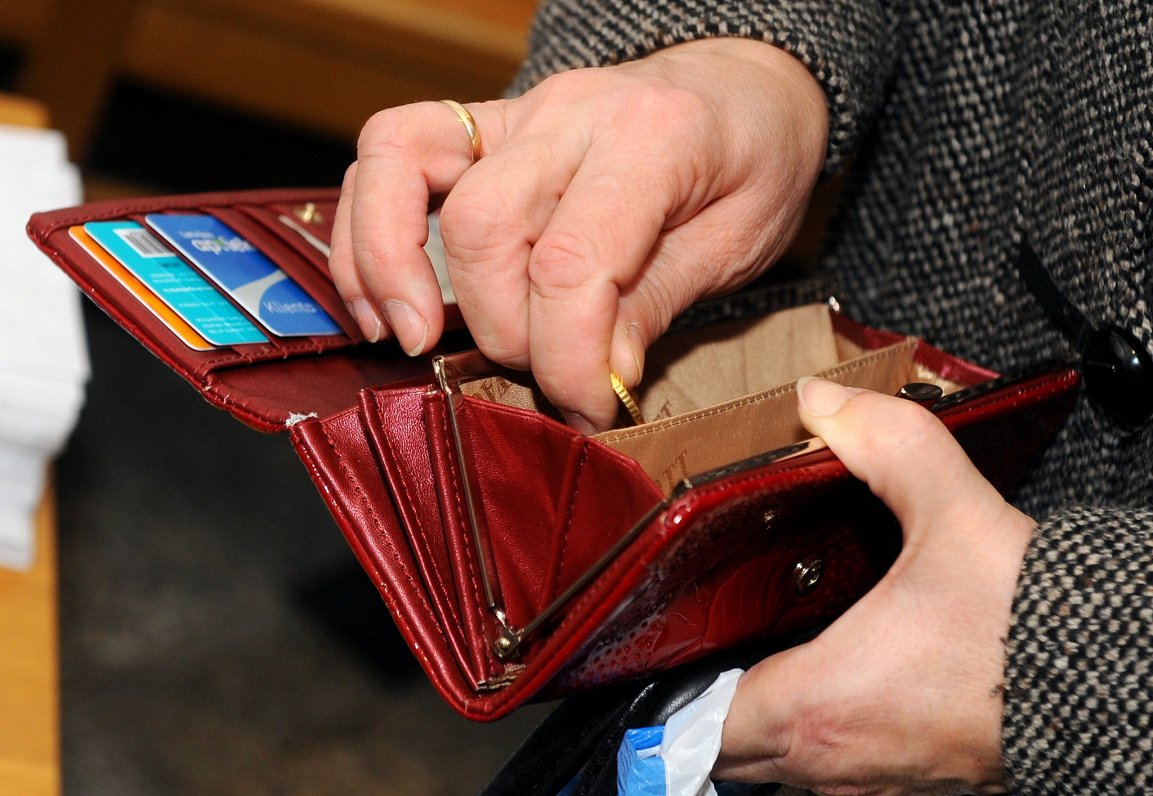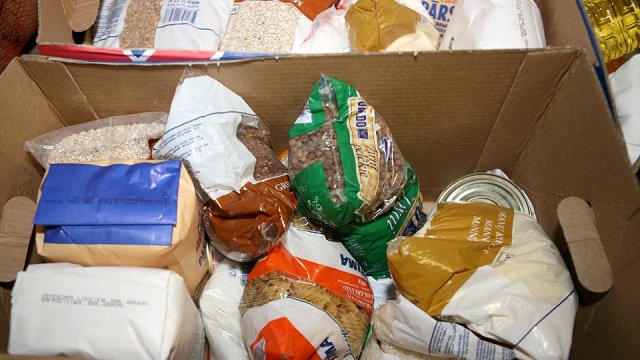In all 439,000 persons or 23.4 % of the population of Latvia were at risk of poverty in 2020 – 1.8 percentage points more than in 2019. Disposable income of this share of population was below the at-risk-of-poverty threshold.
As disposable income of the population grew last year, at-risk-of-poverty threshold went up as well – to EUR 472 monthly in single person households (EUR 441 monthly in 2019). In households consisting of two adults with two children aged under 14 in 2020 at-risk-of-poverty threshold reached EUR 991 monthly (EUR 972 monthly in 2019).
The largest share of population at risk of poverty was registered in Latgale (36.0 %) and the smallest in Pierīga (16.1 %) and Riga (17.8 %). In Vidzeme 32.0 % of population were at risk of poverty, in Kurzeme – 29.5 % and in Zemgale 24.1 %.
The risk of poverty increased most rapidly last year among the population over 65. In 2020, the share of older people at risk of poverty reached 44.6 % (an increase of 3.7 percentage points since 2019). Among the population aged 50-64, the share of persons at risk of poverty reached 24.0 % (an increase of 2 percentage points since 2019). The risk of poverty increased at a significantly slower pace among 25-49 year old persons and children under 17 (an increase of 1.1 percentage points since 2019). In 2020, 14.7 % of the population aged 25-49 and 16.9 % of children under 17 were at risk of poverty.
Pensioners (50.9 %) and the unemployed persons (46.8 %) were most at risk of poverty. The share of people at risk of poverty was lowest among the working population (9.8 %).
Poverty and social exclusion indicators are acquired based on the survey on Income and Living Conditions 2021 carried out by the Central Statistical Bureau (CSB), which was carried out from 30 January to 15 July. Respondents were able to fill in the questionnaire on-line or by phone. Face-to-face interviews were not conducted due to the epidemiological situation in COVID-19. The survey covered 6.6 thousand households and 11.7 thousand respondents aged 16 and over.





























